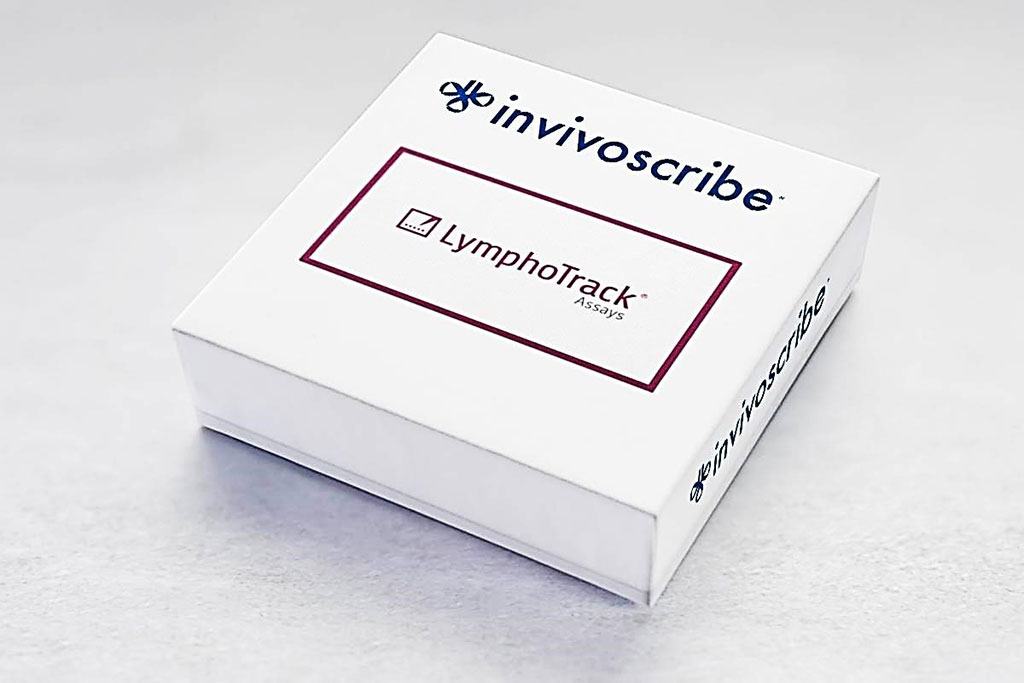Next-Generation Sequencing Strategy Validated for MRD Monitoring in Multiple Myeloma
By LabMedica International staff writers
Posted on 18 Nov 2021
Multiple myeloma (MM) is a plasma-cell dyscrasia characterized by the accumulation of plasma cells in the bone marrow that produces an excess of clonal immunoglobulins (M-protein or monoclonal component).Posted on 18 Nov 2021
The presence of low levels of drug-resistant cells (known as minimal residual disease, MRD) that remain undetected by conventional serologic and morphologic methods explains frequent relapses with this disease, which is still considered an incurable illness.

Image: The LymphoTrack Assay kits are designed for the identification of gene rearrangements in hematologic samples utilizing NGS technologies (Photo courtesy of Invivoscribe)
Hematologists at the University Hospital of Salamanca (Salamanca, Spain) and their colleagues standardized the performance of the LymphoTrack next-generation sequencing (NGS) assays (Invivoscribe, San Diego, CA, USA), targeting clonal immunoglobulin rearrangements, in order to reproduce the detection of tumor clonotypes and MRD quantitation in myeloma. The quantification ability of the assay was evaluated through serial dilution investigations. Paired samples from 101 patients were tested by LymphoTrack, using Sanger sequencing and a next-generation flow (NGF) assay (EuroFlow, Leiden, The Netherlands) as validated references for diagnostic and follow-up evaluation, respectively. MRD studies using LymphoTrack were performed in parallel at two laboratories to evaluate reproducibility.
The investigators set the sensitivity as 1.3 tumor cells per total number of input cells. Clonality was confirmed in 99% and 100% of cases with Sanger and NGS, respectively, showing great concordance (97.9%), although several samples had minor discordances in the nucleotide sequence of rearrangements. Parallel NGS was performed in 82 follow-up cases, achieving a median sensitivity of 0.001%, while for NGF, median sensitivity was 0.0002%. Reproducibility of LymphoTrack-based MRD studies (85.4%) and correlation with NGF (R2 > 0.8) were high. Bland-Altman tests showed highly significant levels of agreement between flow and sequencing.
The authors concluded that altogether, their findings support the usefulness of alternative NGS approaches in MM, demonstrating a statistically significant level of agreement with previously validated methods routinely used for clonality detection and MRD assessment, and underline the need for further standardization of quantitation procedures of the LymphoTrack assay for use as a suitable alternative to the ClonoSEQ assay (Adaptive Technologies, Seattle, WA, USA). The study was published on October 7, 2021 in the journal Archives of Pathology and Laboratory Medicine.
Related Links:
University Hospital of Salamanca
Invivoscribe
EuroFlow
Adaptive Technologies














